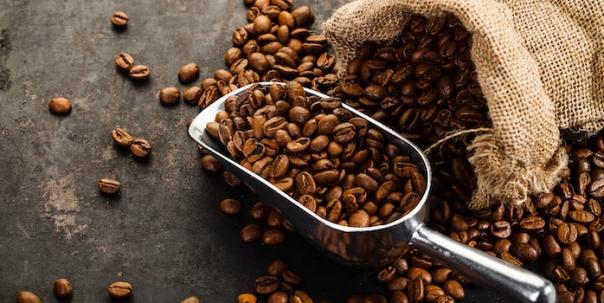
Number-crunching results
A team of researchers including Dr Foster have found that using fewer coffee beans that are ground more coarsely is the key to brewing a better espresso.
This method also makes the drink cheaper, more consistent from shot to shot and the coffee remains just as strong.
Dr Foster and his colleagues wanted to understand how two shot of espresso, made in seemingly the same way, could sometimes taste different.
Mathematical equation
Dr Foster said: “In order to solve the equations on a realistic coffee bed you would need an army of super computers, so we needed to find a way of simplifying the equations. The hard mathematical work was in making these simplifications systematically, in such a way that none of the important detail was lost.
“The conventional wisdom is that if you want a stronger cup of coffee, you should grind your coffee finer. This makes sense because the finer the grounds mean that more surface area of coffee bean is exposed to water, which should mean a stronger coffee."
Yet researchers found coffee was more reliable from cup to cup when using fewer beans ground more coarsely. Dr Foster suggested if coffee beans are grinded a more coarsely people can access the whole bed and have a more efficient extraction.
He added: “It’s also cheaper, because when the grind setting is changed, we can use fewer beans and be kinder to the environment.
“Once we found a way to make shots efficiently, we realised that as well as making coffee shots that stayed reliably the same, we were using less coffee.”
New method saves money
The new recipes have been trialled in a small US coffee shop for a period of one year and they have reportedly saved thousands of dollars.
Estimates indicate if this was scaled up to encompass the entire US coffee market, it could save $1.1 billion per year.